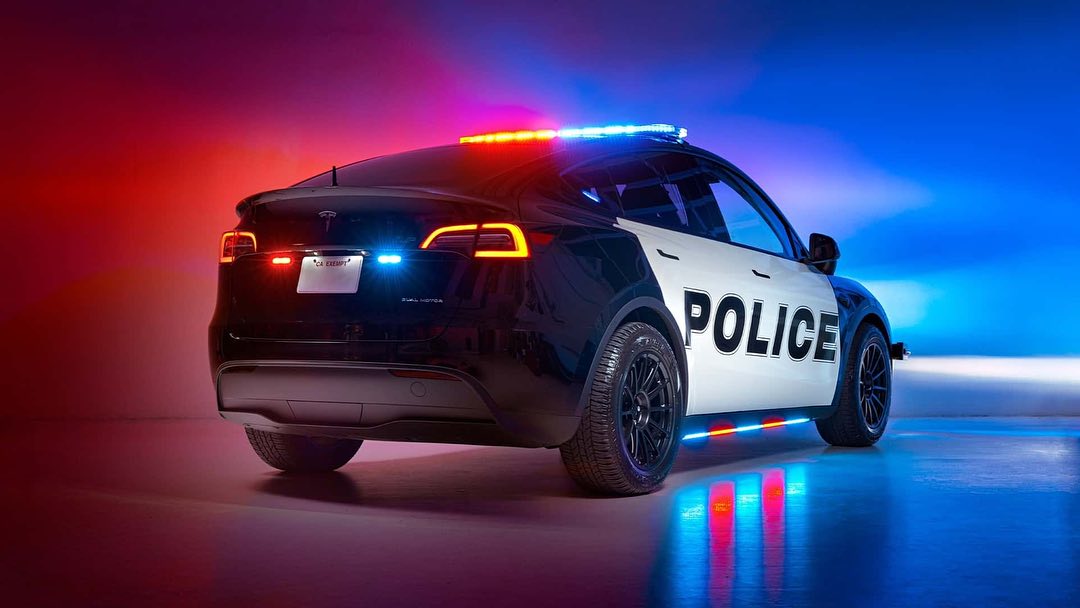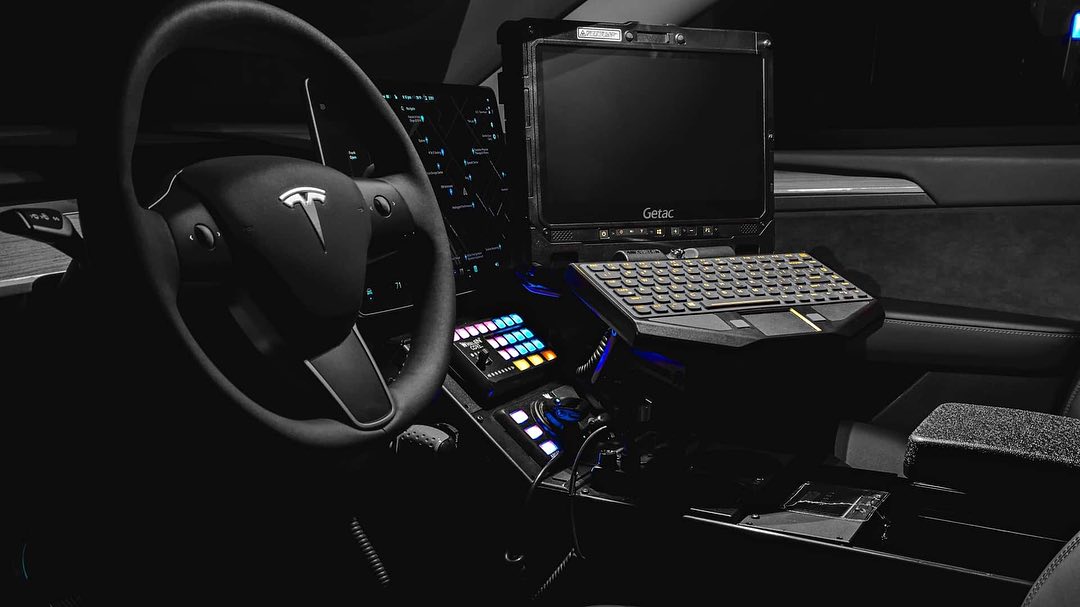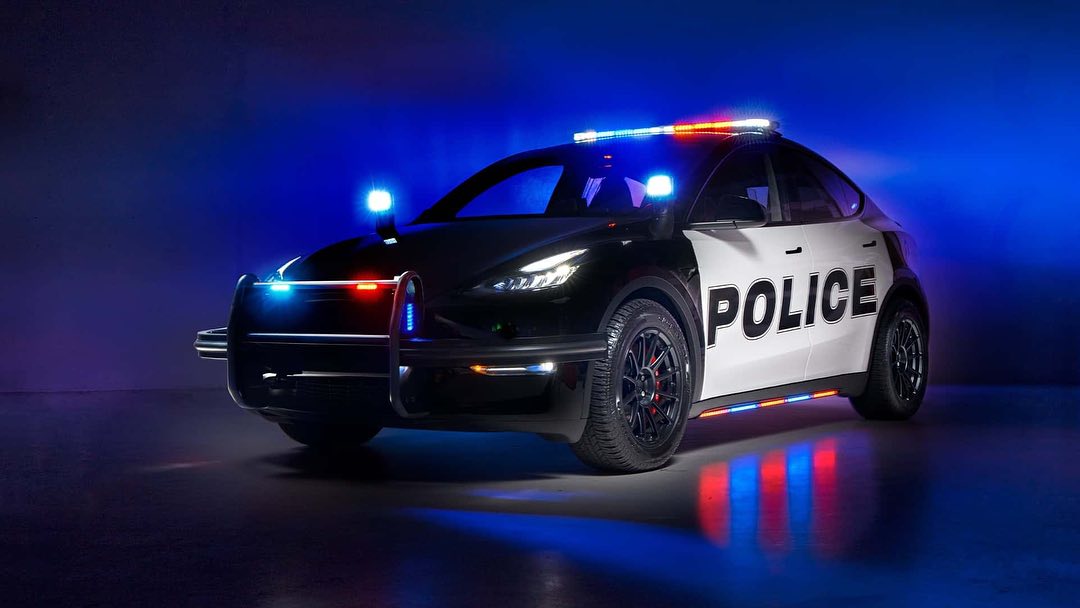Electric vehicles once hailed as the future of law enforcement, have faced setbacks in their adoption by police departments. Menlo Park Police Department’s recent experience with a Tesla Model Y pilot program revealed significant shortcomings, casting doubts on the suitability of EVs for patrol duty.
While EVs offer several advantages, including lower maintenance costs and reduced fuel expenses, their performance in real-world police operations has fallen short of expectations.
The Menlo Park Police Department’s pilot program highlighted several key issues with EVs as patrol vehicles. One of the most significant concerns was the limited range of the Tesla Model Y, which often required frequent charging stops during shifts. This could disrupt police operations and potentially compromise public safety.

Additionally, the charging infrastructure for EVs is still developing, and there may not be enough charging stations in areas where police officers need to operate. Another issue raised by the Menlo Park Police Department was the performance of the Tesla Model Y in high-speed pursuits and other demanding driving scenarios. While EVs offer impressive acceleration, their top speed and handling may not be sufficient for police work.
Furthermore, the weight of the batteries in EVs can affect their maneuverability, which is crucial for responding to emergencies. Despite these challenges, electric vehicles still hold promise as a more sustainable and cost-effective option for law enforcement. As EV technology continues to advance, these limitations may be addressed.
However, it is clear that more research and development are needed before EVs can be widely adopted as patrol vehicles. Electric vehicles offer a compelling proposition for police departments, combining near-silent operation and unparalleled acceleration. While some departments have embraced this technology, others remain cautious.
A recent pilot program by the Menlo Park Police Department shed light on both the strengths and limitations of the Tesla Model Y as a police patrol vehicle. On one hand, the Tesla Model Y demonstrated impressive performance, excelling in areas such as range, acceleration, and handling. Officers appreciated its responsiveness and speed, particularly in high-speed pursuits.

Additionally, the environmental benefits of electric vehicles were a significant advantage. However, the Tesla Model Y also presented challenges for police work. The interior layout, designed for civilian use, proved less than ideal for law enforcement needs.
Limited space for officers in gear, obstructed access to weapons, and the inability to disable voice controls were among the issues encountered. Furthermore, the vehicle’s low ground clearance hindered its ability to go around rough terrain, a crucial requirement for police patrols.
While the Tesla Model Y offers promising features, it is clear that significant modifications are necessary to meet the specific demands of police work. As electric vehicle technology continues to evolve, future models will likely address these shortcomings and better suit the needs of law enforcement agencies.

